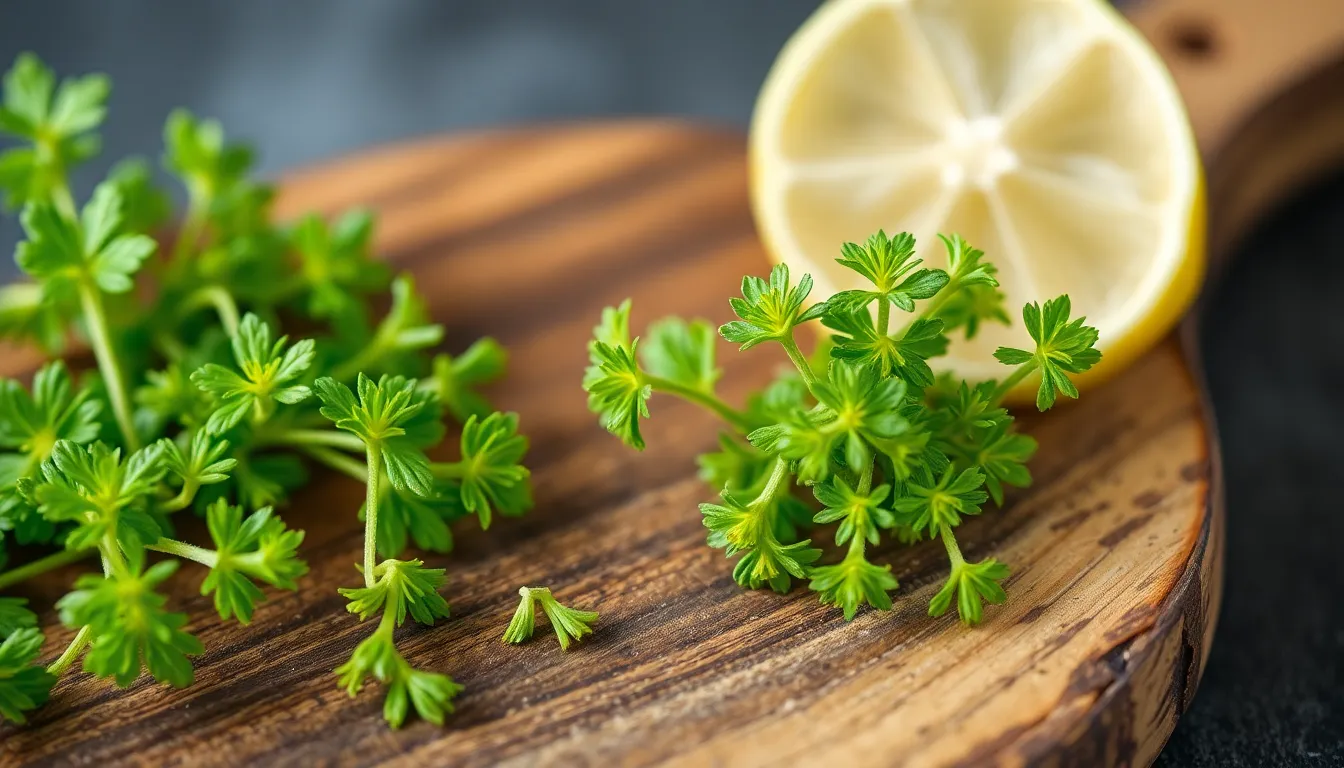The Best Broiling Times for Different Cuts of Meat
Introduction
Broiling is a cooking technique that uses high heat from above to cook food quickly, making it a fantastic method for preparing a variety of meats. Understanding broiling times is crucial for achieving perfectly cooked meat every time. In this article, we will explore the ins and outs of broiling, including what it is, the factors that affect cooking times, specific broiling times for various cuts of meat, and tips for perfect results. Let’s dive in!
What is Broiling?
Broiling is a cooking method that utilizes high heat from an overhead source, often an oven’s broiler, to cook food. This technique is similar to grilling, but the heat source is positioned above the food rather than below it. The intense heat cooks the meat quickly, creating a caramelized crust while keeping the inside juicy and tender.
Unlike grilling, which typically uses an open flame, broiling uses indirect heat, making it more versatile for indoor cooking. Broiling is particularly advantageous for cooking meats as it allows the fat to drip away while the surface of the meat gets a nice sear. This method is ideal for cuts of meat that benefit from a quick cooking time.
Key Factors Affecting Broiling Times
Several factors influence how long it takes to broil meat to perfection. Understanding these can help you achieve the desired doneness without overcooking. Here are the key factors:
- Thickness of the meat: Thicker cuts require longer cooking times compared to thinner cuts.
- Starting temperature of the meat: Meat at room temperature cooks more evenly and quickly than cold meat straight from the refrigerator.
- Type of meat: Different meats have varying densities and fats, affecting their cooking times. For example, chicken breast may cook faster than pork chops.
- Desired doneness: Whether you prefer your meat rare, medium, or well-done will significantly impact your broiling times.
Broiling Times for Different Cuts of Meat
Here’s a comprehensive table that outlines the recommended broiling times for various cuts of meat based on thickness and desired doneness:
| Meat Cut | Thickness (inches) | Cooking Time (minutes) | Desired Doneness |
|---|---|---|---|
| Ribeye Steak | 1 | 6-8 | Medium Rare |
| Chicken Breast | 1 | 5-7 | Medium |
| Pork Chops | 1 | 6-8 | Medium |
| Lamb Chops | 1 | 4-6 | Medium Rare |
| Salmon Fillet | 1 | 6-8 | Medium |
| T-Bone Steak | 1.5 | 8-10 | Medium Rare |
| Turkey Burgers | 1 | 5-7 | Well Done |
Tips for Perfectly Broiled Meat
To ensure your meat is perfectly broiled, consider these essential tips:
- Preheat the broiler: Always preheat your broiler for at least 10 minutes before cooking to achieve the best results.
- Positioning the oven rack: Place the oven rack about 4-6 inches from the heating element for optimal cooking.
- Using a meat thermometer for accuracy: Invest in a reliable meat thermometer to check the internal temperature and avoid overcooking.
- Marinating vs. seasoning before broiling: Marinating can enhance flavor and tenderness, while seasoning with salt and pepper right before cooking can help create a flavorful crust.
- Resting time after broiling: Let your meat rest for a few minutes after cooking to allow juices to redistribute for a more tender bite.
Common Mistakes to Avoid
Avoid these common pitfalls when broiling:
- Not preheating the broiler: Skipping this step can lead to uneven cooking.
- Overcrowding the broiler pan: This can trap moisture and prevent effective broiling.
- Cooking directly from the fridge: Cold meat will cook unevenly; let it sit at room temperature for 30 minutes before broiling.
- Ignoring doneness guidelines: Relying solely on cooking times without checking temperature can result in overcooked or undercooked meat.
Broiling Safety Tips
Safety should always be a priority when cooking. Here are some safety tips for broiling:
- Ensuring proper ventilation: Make sure your kitchen is well-ventilated to avoid smoke buildup.
- Using appropriate broiling pans: Opt for pans that can withstand high heat and allow fat to drain away from the meat.
- Watching for flare-ups: Keep an eye on the broiler to prevent grease fires, especially with fatty cuts of meat.
Conclusion
Broiling is a fantastic technique for achieving delectable, perfectly cooked meats. By understanding the broiling times for different cuts, you can ensure that every bite is just right. Remember to experiment with different cuts and techniques to find what works best for you. We encourage you to share your broiling experiences in the comments below!
Call to Action
For more cooking tips and techniques, be sure to subscribe to our blog for regular updates. Additionally, check out our related articles on grilling and roasting for even more delicious recipes!
Additional Resources
For further exploration of broiled meats, check out these resources:
- Delicious Broiled Meat Recipes
- Recommended Tools for Broiling
- Best Meat Thermometers for Accurate Cooking




